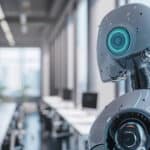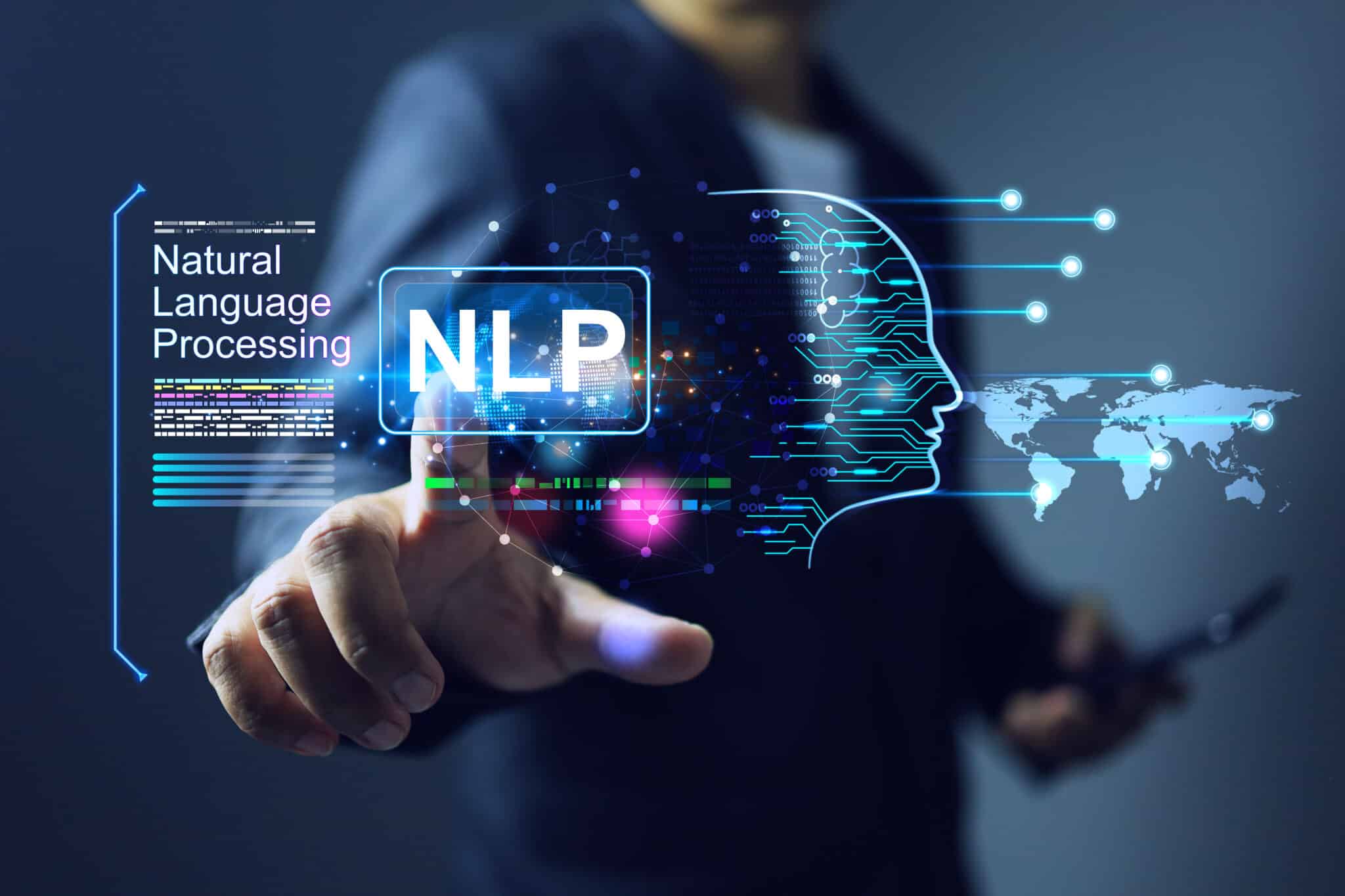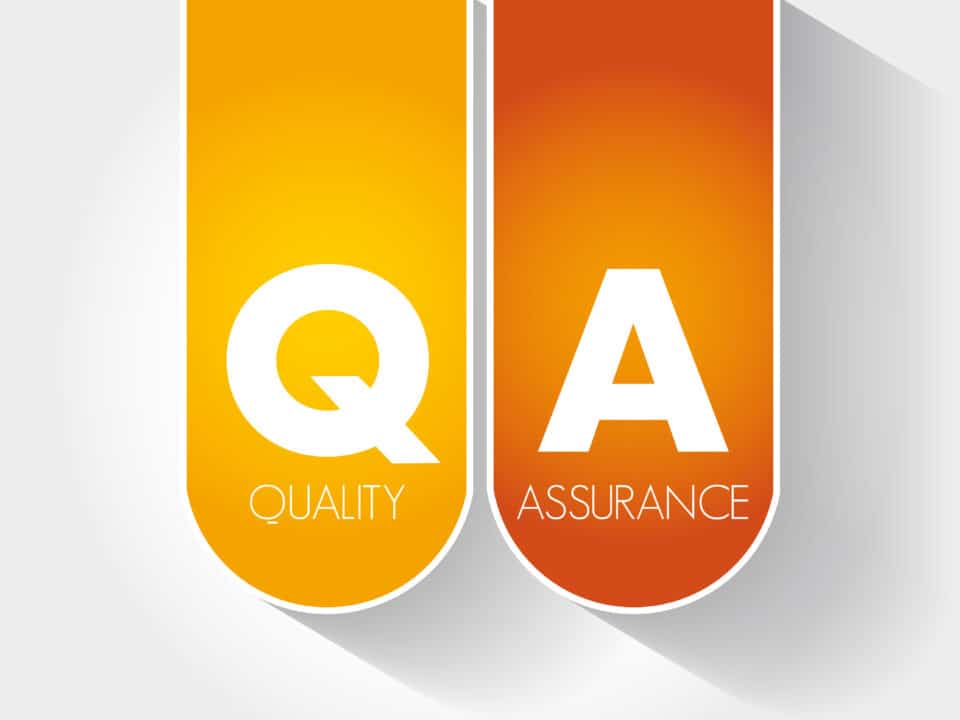
The Tech Behind AI Transcription: NLP, ML, and the Future of Scribing
June 26, 2024
AI Scribes: Revolutionizing Transcription for Healthcare, Legal, Media, and More
June 28, 2024The Evolution of Scribing: From Human to AI
Scribing has played a critical role in preserving and disseminating knowledge throughout history. From the meticulous work of ancient scribes to the rapid, efficient processes enabled by modern AI technologies, the evolution of scribing is a testament to human ingenuity and the tireless journey of improvement. In today’s blog, we will examine the fascinating journey of scribing, from its ancient origins to the cutting-edge AI solutions available today, with a special focus on Athreon’s AxiScribe AI.

The Origins of Scribing
Ancient Scribing Practices
Scribes were essential figures in ancient civilizations like Egypt and Mesopotamia. They meticulously recorded everything from legal documents and historical events to literary and religious texts. The role of a scribe was both prestigious and vital, as they were responsible for preserving the culture, laws, and knowledge of their time. These early scribes used tools like reed pens and clay tablets, often working in challenging conditions to ensure that important information was documented accurately.
The Medieval Scribe
Scribes continued to be indispensable during the medieval period, particularly in religious and educational institutions. Monasteries were centers of learning where monks copied manuscripts by hand, a labor-intensive process that required great skill and dedication. The production of books was a painstaking task, with each page carefully inscribed and illuminated. These manuscripts were invaluable, serving as the primary means of knowledge transmission before the advent of the printing press.

The Advent of Human Transcription Services
The Rise of Professional Transcription
The 19th and 20th centuries witnessed the emergence of professional transcription services, driven by advancements in technology like the typewriter and early dictation machines. These innovations revolutionized the way information was recorded and disseminated. Typewriters enabled faster and more legible writing, while dictation machines allowed for the recording and later transcription of spoken words. This period marked the beginning of specialized transcription services, catering to fields like medicine, law, and business.
Modern Human Transcription
In contemporary times, human transcriptionists have become highly specialized, offering services that ensure accuracy and context. Medical transcriptionists, for example, need to be familiar with complex medical terminology to accurately transcribe doctors’ notes and patient records. Legal transcriptionists must understand legal jargon and procedures to provide precise court transcripts. The role of human transcriptionists remains crucial in ensuring the quality and reliability of transcribed content.

The Digital Revolution
Introduction of Digital Transcription Tools
The digital revolution brought foroward significant changes in transcription practices. Analog recording devices gave way to digital ones, offering better sound quality and ease of use. Though rudimentary by today’s standards, early transcription software tools began to emerge, automating parts of the transcription process and improving efficiency.
Integration with Computer Technology
As computer technology advanced, so did transcription tools. Enhanced computing power allowed for more sophisticated software capable of handling larger volumes of data. The internet enabled remote transcription services, allowing transcriptionists to work from anywhere in the world. This shift not only increased productivity but also expanded access to transcription services.

The Emergence of AI in Scribing
Early AI Transcription Tools
The introduction of AI transcription tools marked a significant milestone in the evolution of scribing. Early AI solutions leveraged speech recognition technology to convert spoken words into text. However, these early tools faced numerous challenges, including limited accuracy and difficulty understanding context and nuances in speech.
Advancements in AI and Machine Learning
Recent leaps in AI and machine learning have dramatically improved the capabilities of transcription tools. Modern AI systems use advanced natural language processing (NLP) algorithms to better understand and interpret human speech. These systems are trained on vast datasets, allowing them to recognize and transcribe speech with remarkable accuracy. The role of big data in enhancing AI transcription cannot be overstated, as it provides the necessary training material for AI models to learn and improve.

Current AI Scribing Solutions
Benefits of AI Scribing
AI-driven transcription offers numerous benefits over traditional methods. Speed and efficiency are among the leading advantages. AI transcription tools can process large volumes of audio in a fraction of the time it would take a human transcriptionist. This speed translates into significant cost savings for businesses, making transcription services more affordable and scalable.
Limitations and Challenges
Despite the many benefits, AI transcription is not without its challenges. AI systems can struggle with context and nuanced understanding, leading to errors in transcription. Accents, background noise, and overlapping speech can also pose difficulties for AI tools. This is where human oversight and editing become essential. By combining AI transcription with human review, the best AI scribe companies provide the highest levels of document accuracy and reliability.

The Future of Scribing
Hybrid Scribing Solutions
The future of scribing lies in hybrid solutions that integrate AI and human transcription. Athreon’s AxiScribe is a prime example of this approach. AxiScribe leverages advanced AI technology to provide fast and accurate transcriptions, while human editors ensure that the final document output meets the highest quality standards. This hybrid model ensures the best of both worlds, marrying AI’s efficiency with human transcriptionists’ expertise.
Innovations on the Horizon
AI scribing is continually evolving, with more innovations on the horizon. Futurists expect advancements in AI technology to further enhance the accuracy and capabilities of transcription tools. Improved natural language understanding, better handling of diverse accents and dialects, and the ability to rapidly transcribe are just some of the exciting developments to look forward to. As AI continues to mature, the role of human transcriptionists will also adapt, focusing more on quality control and context-specific insights.
AxiScribe AI Is the Future of Transcription
The evolution of scribing from ancient human scribes to modern AI-driven solutions is a remarkable journey of technological progress. While AI transcription offers unprecedented speed and efficiency, the importance of human expertise in verifying accuracy and context remains undeniable. Athreon’s AxiScribe AI exemplifies the future of scribing, combining cutting-edge AI with skilled human editors to deliver superior transcription services. As we look ahead, the continued integration of AI and human expertise promises to revolutionize the field of scribing, making it more efficient, accurate, and accessible than ever before. Contact Athreon to learn more and request your free AxiScribe AI trial.





